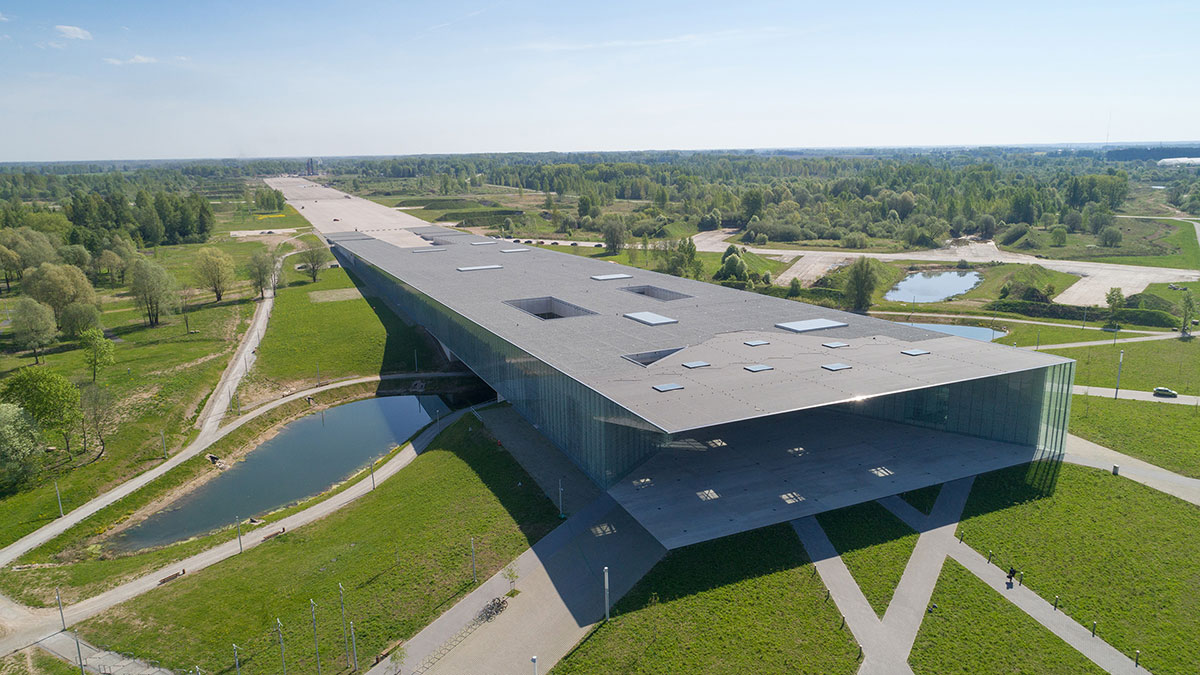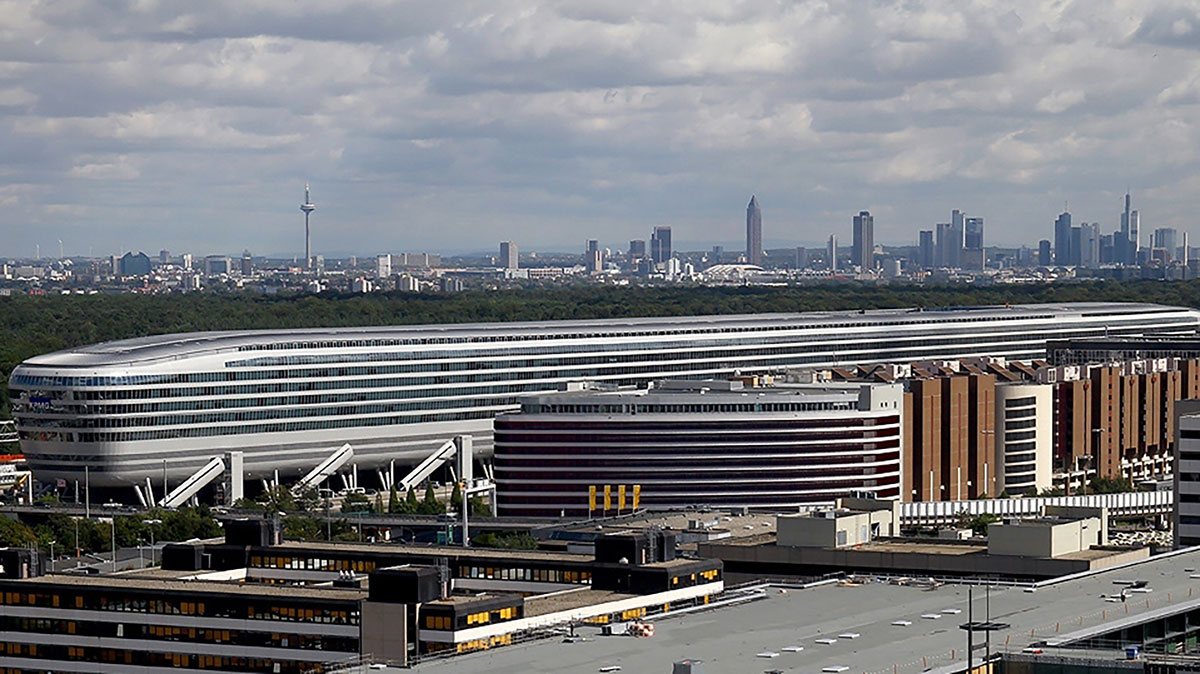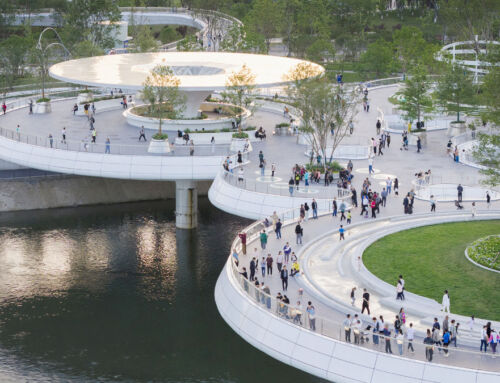The term ‘groundscraper’, an antonym of ‘skyscraper’, is an architectural concept that refers to buildings that, instead of rising into the sky like skyscrapers, extend horizontally across the ground. Skyscrapers are therefore low structures, with a design that covers large areas rather than reaching great heights.
High-rise construction aims to maximise the use of space in densely populated urban areas. Their design responds to the need to accommodate a large number of people or activities on limited land. A clear example of a skyscraper is the Empire State Building in New York, USA, which, with its 102 floors, is an icon of modern architecture and spatial efficiency in cities.

Arp Karm | CC BY-SA 4.0

In contrast, groundscrapers extend horizontally and occupy areas where space is not so limited, but where an expansive layout is feasible. These buildings can house offices, shopping centres, or educational and scientific facilities. A notable example of a groundscraper is the headquarters of the Fiat company in Turin, Italy, which is spread over a large horizontal area.
But let’s look at the advantages and challenges of this type of architecture, ground-scraping. Among its advantages are the following:
–Integration into the environment: being low structures, the ground-scrapers blend in better with the natural and urban environment, without their construction drastically modifying the landscape, much less air traffic.
–Green spaces: being in contact with the ground, they offer users and residents ample green and recreational areas.
It is now time to look at the challenges facing the construction of ground-scrapers:
-Land requirements: horizontal occupation requires large plots of land, which would not be feasible in densely populated cities.
-Internal displacement: the distance between building sites makes internal displacement less efficient compared to skyscrapers.


However, despite these challenges, groundscrapers are still a valuable alternative in architecture for environments where horizontal space is abundant and harmonious integration with the landscape is an objective.
By Manolo Barberá, Senior Hydraulic Modeller at Amusement Logic’s Architecture Dept.






